 by Kaye Dee
by Kaye DeeAn advantage of previously working for the Weapons Research Establishment in South Australia is that I am still able to get information (of the unclassified variety, of course) about defence space programmes from my former colleagues. This is particularly helpful when I’m writing about space projects that are not getting a large amount of press coverage here in Australia.

One such project is the Initial Defence Communication Satellite Programme (IDCSP), the United States’ first global military communications network. The most recent IDCSP launch took place on 13 June with the launch of eight satellites on a Titan IIIC rocket, bringing the total number of satellites in the constellation to 27.
The Advent of Defence Satellite Communications
The very first experimental communications satellites were created by the U.S. armed forces. Project SCORE was jointly developed by the U.S. Air Force and communications company RCA, while the first active repeater comsat, Courier 1-B, was developed by the U.S. Army Signal Corps. I think we can be sure that these early satellites satisfactorily carried out classified experiments in secure defence communications, as the first planned military satellite communications network, Project ADVENT, commenced development in February 1960.
 Diagram of the proposed ADVENT satellite in orbit
Diagram of the proposed ADVENT satellite in orbitADVENT intended to place several large, three-axis stabilised, heavy satellites in geosynchronous orbit (with one of its ground stations planned to be located in the Australian Trust Territory of Papua New Guinea). However, this extremely ambitious programme soon fell behind schedule and saw costs balloon out to twice the original estimates, leading to its cancellation in 1962. It’s perhaps not surprising that the ADVENT programme faced difficulties in developing its satellites – even six years later, an operational three-axis stabilised satellite has yet to become reality.
 The engineering test vehicle for the ADVENT satellites under construction
The engineering test vehicle for the ADVENT satellites under construction Enter IDCSP
Following ADVENT’s cancellation, the U.S. Air Force embarked on a new satellite communications system as a replacement. Originally called the Interim Defence Communications Satellite Programme, it has since been renamed as the Initial Defence Communications Satellite Programme. IDCSP is intended to be the first stage in the longer-term Defence Communications Satellite Program (DCSP), which is being managed by the Defence Communications Agency.
Commenced in 1962, the IDCSP is designed to be significantly cheaper than ADVENT by using a constellation of small, much simpler satellites. The original plan was for a constellation of 24-30 satellites, placed into Medium Earth Orbit using ten Atlas Agena rockets. In October 1963, the programme was placed on hold while the Pentagon investigated renting satellite communications capability through the INTELSAT system, but this idea was abandoned in mid-1964 and Air Force resumed work on the IDCSP.
Doing the Heavy Lifting
As it happened, the delay worked to the IDCSP’s advantage. By 1964, the development of the U.S.A.F.’s heavy-lift Titan IIIC offered the possibility of lofting up to eight satellites per launch. This has meant that the total number of launches required to establish the constellation, and thus the overall cost of the programme, has been greatly reduced. It seems that the Pentagon decided to negotiate “free rides” on early Titan IIIC development launches, although this earned some censure from Congress for risking the success of the programme with launches on an unproven vehicle just to keep costs down! Fortunately, it has been a risk that has largely paid off.
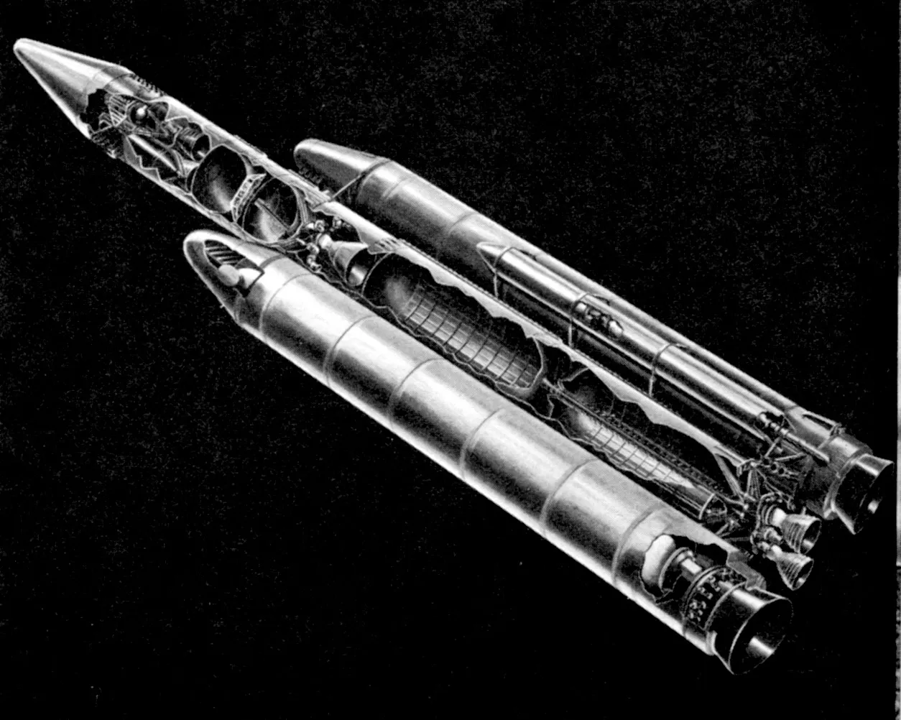 The Air Force decided to develop the Titan III family so that it would have a heavy launch capability independent of NASA’s Saturn rockets.
The Air Force decided to develop the Titan III family so that it would have a heavy launch capability independent of NASA’s Saturn rockets.
 The Titan III vehicles are derived from the Titan II I.C.B.M., that was also the basis of the Titan launch vehicle used for NASA’s Gemini programme. The core of the Titan IIIC is a modified two-stage Titan II, structurally strengthened to accommodate heavier payloads and additional stages. The launcher has two strap-on solid rocket boosters and an additional upper stage with engines that can be restarted, known as the Transtage.
The Titan III vehicles are derived from the Titan II I.C.B.M., that was also the basis of the Titan launch vehicle used for NASA’s Gemini programme. The core of the Titan IIIC is a modified two-stage Titan II, structurally strengthened to accommodate heavier payloads and additional stages. The launcher has two strap-on solid rocket boosters and an additional upper stage with engines that can be restarted, known as the Transtage.  The 25 ft long Transtage uses a pair of Aerojet AJ10-138 engines that are similar in design to the larger engine that Aerojet is developing for the Apollo Service Module. These engines enable the Transtage to put heavier payloads into much higher orbits than the Atlas Agena rocket originally selected for IDCSP. This means that it can place as many as eight IDCSP satellites at a time into sub-synchronous orbits (more on that below) of around 21,000 miles.
The 25 ft long Transtage uses a pair of Aerojet AJ10-138 engines that are similar in design to the larger engine that Aerojet is developing for the Apollo Service Module. These engines enable the Transtage to put heavier payloads into much higher orbits than the Atlas Agena rocket originally selected for IDCSP. This means that it can place as many as eight IDCSP satellites at a time into sub-synchronous orbits (more on that below) of around 21,000 miles. The complex requirements for the preparation and launch of a Titan III and its payloads has necessitated the construction of a totally new facility at Cape Kennedy, with three pads, designated Launch Complexes 40, 41 and 42 (this last not yet built). There is also a new Vertical Integration Building (VIB), which can support the simultaneous assembly of up to four Titan III core vehicles. It also contains the Titan III launch control centre.
Keep it Simple
The IDCSP satellites have been designed to avoid the development delays that come from being too technologically ambitious – the kind that sealed the fate of ADVENT. Every satellite in the constellation is an identical spin-stabilized, 26-sided polygon, 34in in diameter. The 100lb satellites are covered with solar cells and have been deliberately kept technologically very simple: they have no back-up batteries or on-orbit command systems. Without command systems, they are virtually “jam-proof” and cannot be moved off orbit by false commands sent by an enemy.
 Each satellite has a single 3.5W X-band transponder with a 26 MHz bandwidth. It can handle 600 voice channels or 6000 teletype signals. While the designers have planned for these initial satellites to be operational for three years, they are equipped with an automatic “kill switch”, which is intended to deactivate them after six years in orbit, so that they will not produce any signals that would interfere with more advanced future replacement satellites.
Each satellite has a single 3.5W X-band transponder with a 26 MHz bandwidth. It can handle 600 voice channels or 6000 teletype signals. While the designers have planned for these initial satellites to be operational for three years, they are equipped with an automatic “kill switch”, which is intended to deactivate them after six years in orbit, so that they will not produce any signals that would interfere with more advanced future replacement satellites.As the small satellite’s transponders are low powered and use a low-gain antenna, the present ground stations are comparatively large, but there are plans for future, smaller mobile ground stations.
“Sprinkled Across the Sky”
 One of the few local newspaper articles that I saw about the launch of the first batch of IDCSP satellites described them rather poetically as being “sprinkled across the sky” when they were first released into orbit from the Titan IIIC Transtage. Six hours after launch, the deployment truss on which the IDCSP satellites are mounted enables the satellites to be dispersed one-by-one into orbit, over about 3 minutes. As they are released, the satellites drift apart as they move into orbit.
One of the few local newspaper articles that I saw about the launch of the first batch of IDCSP satellites described them rather poetically as being “sprinkled across the sky” when they were first released into orbit from the Titan IIIC Transtage. Six hours after launch, the deployment truss on which the IDCSP satellites are mounted enables the satellites to be dispersed one-by-one into orbit, over about 3 minutes. As they are released, the satellites drift apart as they move into orbit. Because they are not quite in geosynchronous orbit (orbiting at the same speed the Earth rotates, which would "fix" them in the sky), the satellites drift randomly at approximately 28° per day, over time forming a ring of satellites approximately evenly spaced above the Earth's equator. This sub-synchronous orbit has the advantage that the failure of one satellite would not leave a major gap in coverage; at least one other satellite of the constellation would always be visible to an Earth station if one failed. 12 satellites were considered the minimum necessary to provide full coverage, so the current constellation has plenty of redundancy even if several satellites fail. The daily movement of the satellites makes them difficult to track, which also helps to make them more secure against enemy interference.

What are they for? Ssshhh, it’s Secret!
The IDCSP constellation is designed to provide the U.S. military with swift, jam-resistant radio links to its forces in South Vietnam and elsewhere around the world in times of crisis. The satellites enable 24 hour-a-day contact between the Defence Department in Washington and forces in the field. While the IDCSP programme is publicly acknowledged, the satellites are reserved for secret and sensitive command-and-control communications. Routine administrative and logistical messages are relayed by INTELSAT satellites.
IDCSP ground terminals have been installed at American bases at Saigon and Nha Trang, and rumour has it that there have already been experiments with sending high-resolution photographs from Saigon to the Pentagon via satellite, enabling rapid battlefield analysis. In addition to the two ground stations in South Vietnam, there are six other IDCSP ground stations, including in the U.S. and Britain.
Building the IDCSP Satellite Network
 The first batch of seven IDCSP satellites was launched from Florida on 16 June 1966, as the payload of the fourth Titan IIIC. In addition to the communication satellites, an eighth satellite, structurally based on the IDCSP satellites and designed to test an experimental gravity gradient stabilisation technique, was also flown. Communications tests were carried out between ground stations in New Jersey, California, England and Germany.
The first batch of seven IDCSP satellites was launched from Florida on 16 June 1966, as the payload of the fourth Titan IIIC. In addition to the communication satellites, an eighth satellite, structurally based on the IDCSP satellites and designed to test an experimental gravity gradient stabilisation technique, was also flown. Communications tests were carried out between ground stations in New Jersey, California, England and Germany.  Unfortunately, the second set of eight IDCSP satellites was lost on 26 August 1966 due to the failure of the fifth Titan IIIC’s payload fairing. A replacement set of eight satellites was sent into orbit on the seventh Titan IIIC, on 18 January 1967, followed on 1 July by a further four IDCSP satellites. IDCSP 19 was another experimental satellite, also known as DATS (Despun Antenna Test Satellite), designed to test a more efficient electronically despun antenna platform.
Unfortunately, the second set of eight IDCSP satellites was lost on 26 August 1966 due to the failure of the fifth Titan IIIC’s payload fairing. A replacement set of eight satellites was sent into orbit on the seventh Titan IIIC, on 18 January 1967, followed on 1 July by a further four IDCSP satellites. IDCSP 19 was another experimental satellite, also known as DATS (Despun Antenna Test Satellite), designed to test a more efficient electronically despun antenna platform.The most recent launch, on 13 June, has come almost exactly two years after the first satellites in the network were put into orbit. Its eight satellites are the final ones to be added to the system, which is now considered to be “operational”, rather than “experimental”.
Britain Follows Suit
Britain has taken an interest in the operation and performance of the IDCSP satellites, as it intends to launch its own military communications satellite soon, to provide military communications across the British Commonwealth. Skynet has been in planning since 1962, with the U.K. deciding on an initial satellite in geostationary orbit over the Indian Ocean, to support force deployments east of Suez. Skynet is considered to be more advanced than IDCSP, as it will have a transponder with two channels, allowing communications between two types of ground station.
 Model of a Skynet 1 satellite
Model of a Skynet 1 satelliteBritain was invited to participate in IDCSP in 1965, and the Marconi company built a ground station at its facility in Christchurch, Hampshire, to conduct experiments with the first batch of IDCSP satellites when the U.S. was not using them. Nine ground stations have been planned for Skynet, which are also able to communicate with the IDCSP satellites. These stations will be able to send secret military communications to a large number of locations within the British Commonwealth.
The U.S. Philco Ford company, which developed the original IDCSP design, was contracted to build the first-generation Skynet 1 satellites (of which there will be two). The Marconi company is assisting with this work so that the U.K. will develop the expertise needed to build the Skynet 2 series satellites. Unlike the IDCSP constellation, Skynet satellites will have an on-board manoeuvring system so that they can be kept on station, or moved from one location or another.
With the United States and Britain developing defence communications satellite systems, it's virtually certain the USSR will be doing the same – if it does not have an operational network already (perhaps some of those mysterious Kosmos satellites whose purpose in orbit is unknown?) Since reliable communications are vital to any military operation, it's not hard to imagine that defence comsats like IDCSP and Skynet could become the first casualties in any future superpower conflict…

![[June 28, 1968] Classified Communications (IDCSP Satellite Constellation)](http://galacticjourney.org/wordpress/wp-content/uploads/2023/06/IDCSP-2-559x372.png)
![[MAY 26, 1968] EUROPA AD ASTRA (EUROPEAN SPACE UPDATE)](http://galacticjourney.org/wordpress/wp-content/uploads/2023/05/ESRO-2A_cover-1-672x372.jpg)


 The French acronym CECLES stands for Conseil européen pour la construction de lanceurs d'engins spatiaux
The French acronym CECLES stands for Conseil européen pour la construction de lanceurs d'engins spatiaux




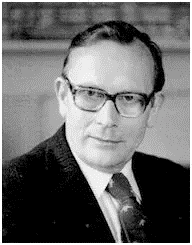
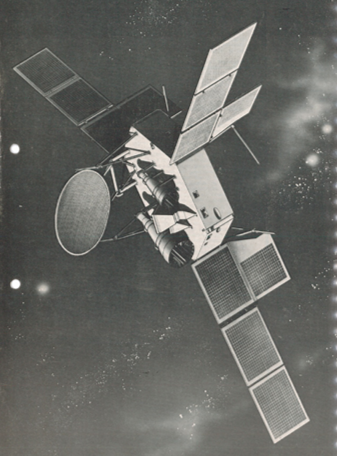

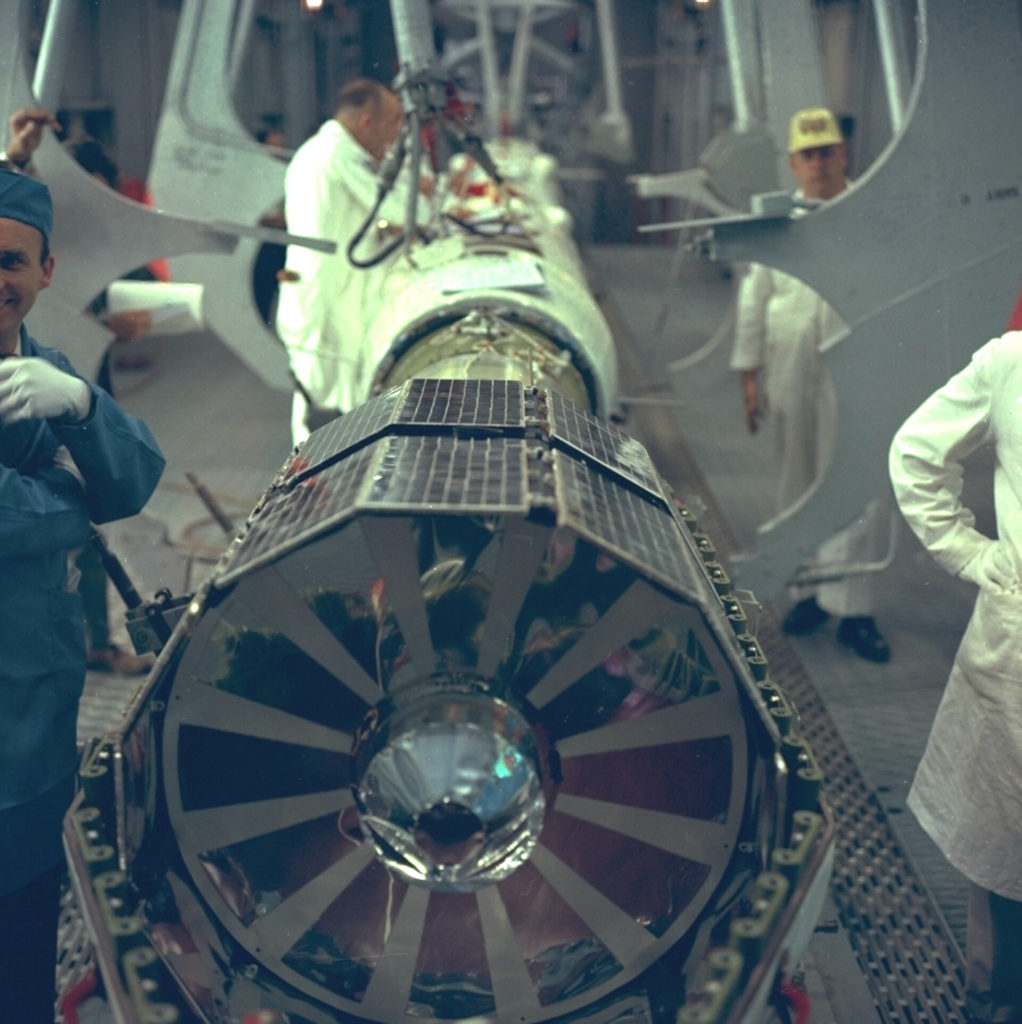

![[April 8, 1968] Ups, Downs and Tragedy: An Eventful Month in Space (Gagarin's crash, Zond-4, OGO-5, Apollo-6)](http://galacticjourney.org/wordpress/wp-content/uploads/2023/04/680408gagarin-672x372.jpg)













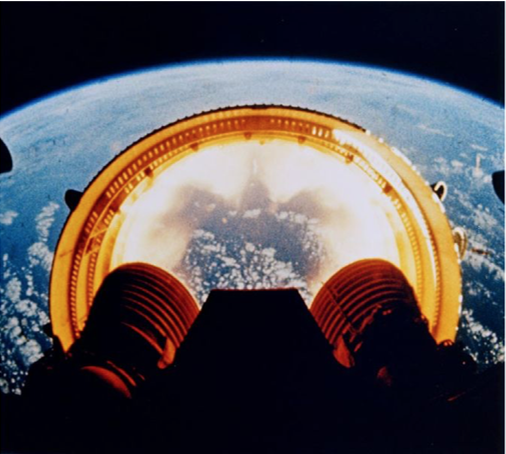


![[February 26, 1968] Stormy Weather (March 1968 <i>Analog</i>)](http://galacticjourney.org/wordpress/wp-content/uploads/2023/02/680226cover-672x372.jpg)















![[January 24, 1968] On Track for the Moon (Apollo 5 and Surveyor 7]](http://galacticjourney.org/wordpress/wp-content/uploads/2023/01/apollo_5_patch-672x372.jpg)



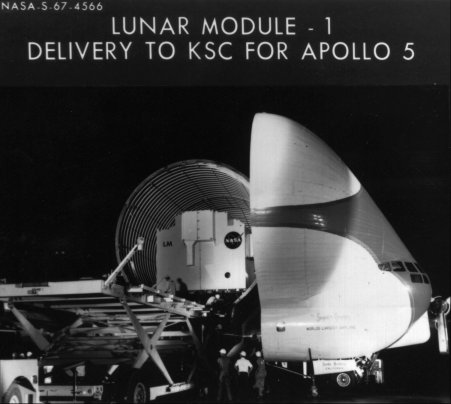




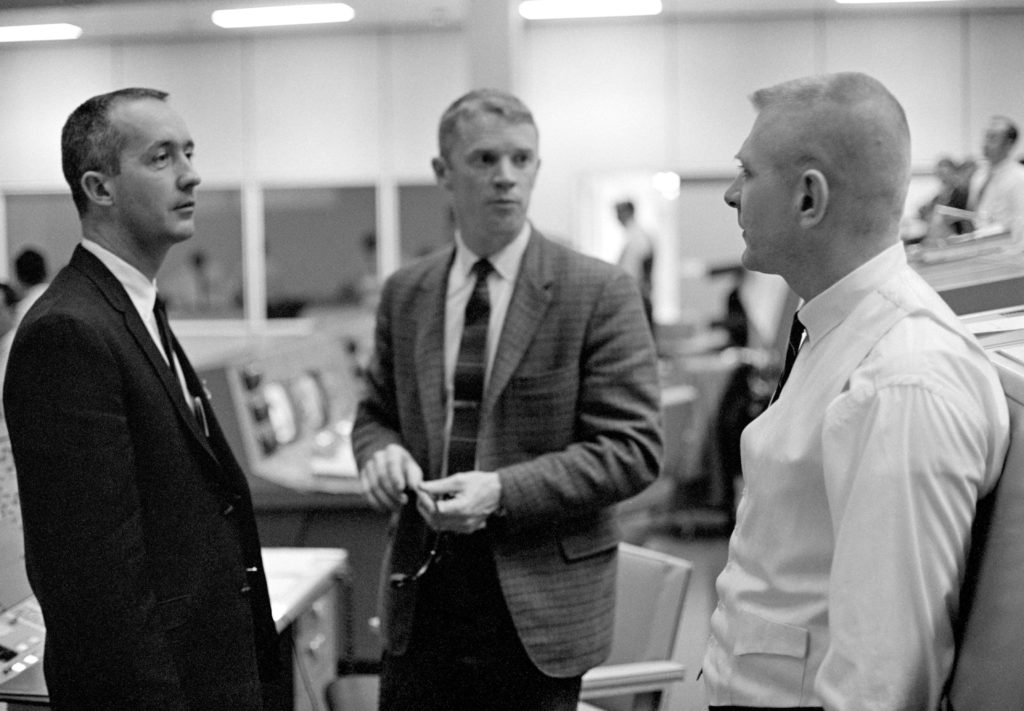







![[November 30, 1967] One door closes… (December 1967 <i>Analog</i> and Australia joins the Space Race!)](http://galacticjourney.org/wordpress/wp-content/uploads/2022/11/671130cover-672x372.jpg)






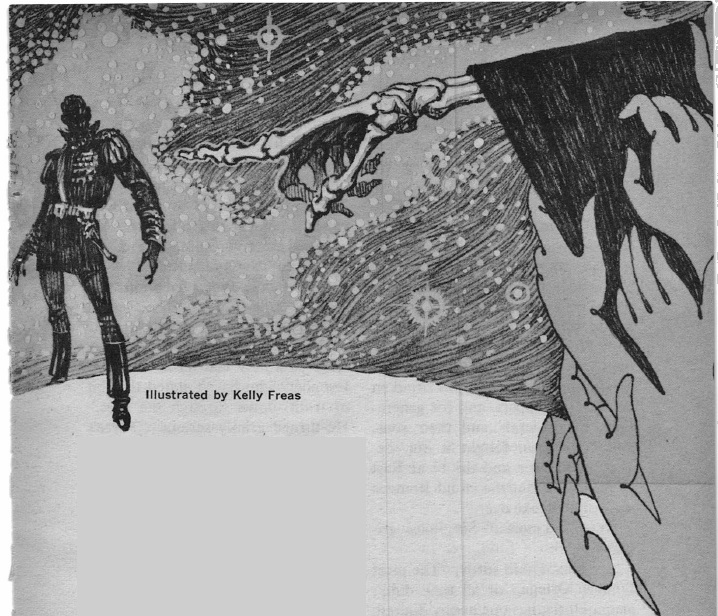


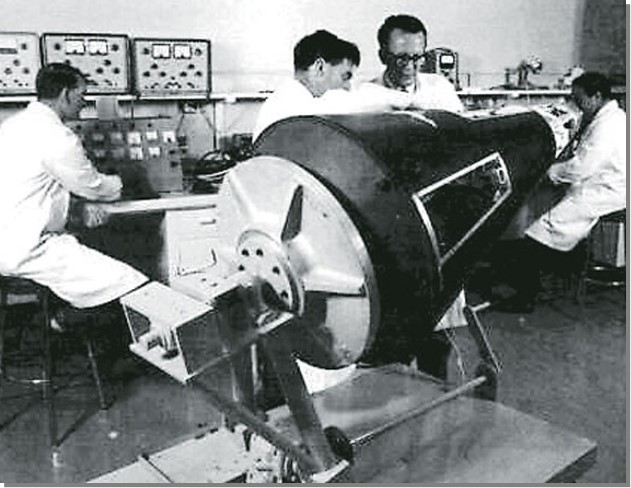


![[November 12, 1967] Still in the Race! (Apollo-4, Surveyor-6, OSO-4 and Cosmos-186-188)](http://galacticjourney.org/wordpress/wp-content/uploads/2022/11/Apollo-4-672x372.jpg)


 The F-1 rocket motor, five of which power the Saturn V’s S1-C first stage, is the most powerful single combustion chamber liquid-propellant rocket engine so far developed (at least as far as we know, since whatever vehicle the USSR is developing for its lunar program could have even more powerful motors).
The F-1 rocket motor, five of which power the Saturn V’s S1-C first stage, is the most powerful single combustion chamber liquid-propellant rocket engine so far developed (at least as far as we know, since whatever vehicle the USSR is developing for its lunar program could have even more powerful motors). 



 Lunar Orbiter-3 image of the Moon's far side, showing the crater Tsiolkovski
Lunar Orbiter-3 image of the Moon's far side, showing the crater Tsiolkovski
 OSO-4 under construction
OSO-4 under construction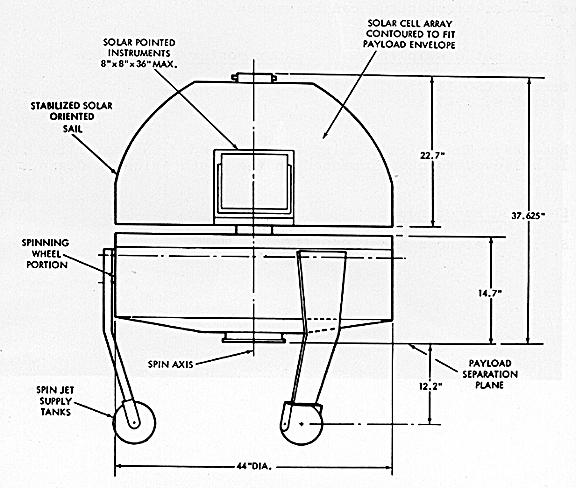


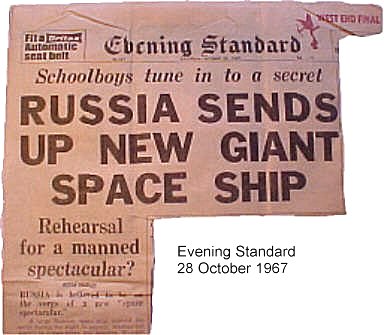
![[October 28, 1967] Unveiling Venus – at Least a Little (Venera-4 and Mariner-5)](http://galacticjourney.org/wordpress/wp-content/uploads/2022/10/Venus-desert.png)
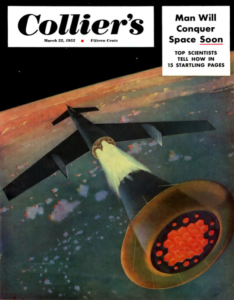












![[August 24, 1967] Up and Around (Lunar Orbiter)](http://galacticjourney.org/wordpress/wp-content/uploads/2022/08/670824lunarorbiter-672x372.jpg)



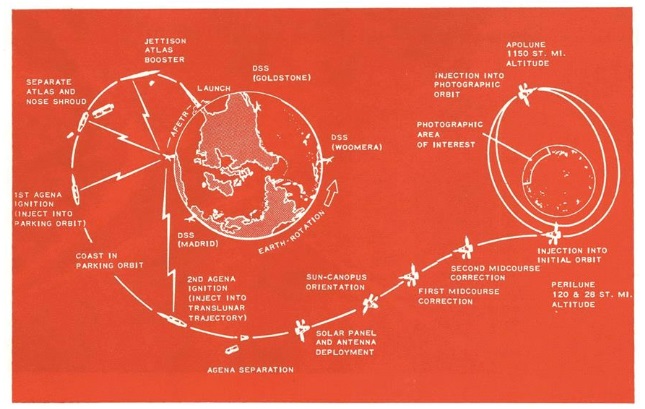








![[June 14, 1967] What's Easy for Two (<i>Venus 4</i> and <i>Mariner 5</i>)](http://galacticjourney.org/wordpress/wp-content/uploads/2022/06/670614mariner-672x372.jpg)





